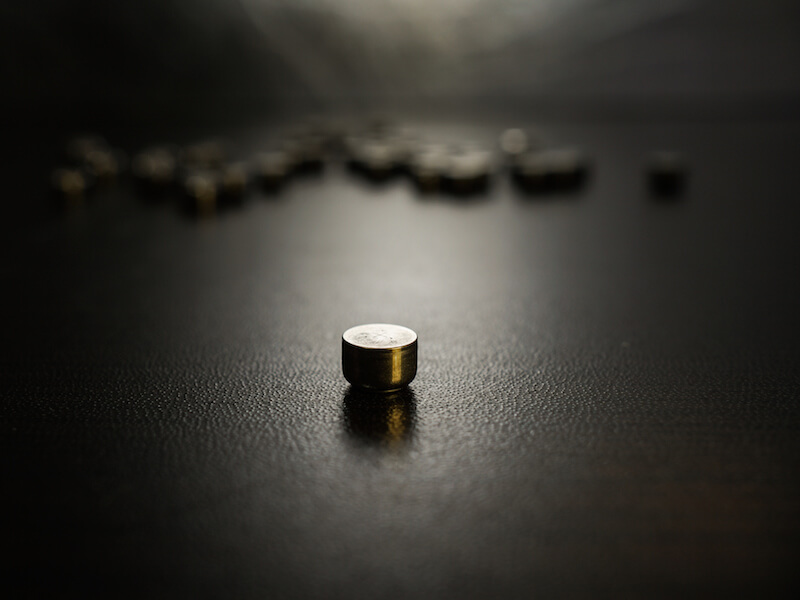
From phones to cameras to music players, how we power our electronics has evolved. A powerful, rechargeable hearing aid battery is finally living up to the hopes of hearing aid makers to replace the antiquated disposable power sources of the past.
Disposable hearing aid batteries have historically been the power source of choice amongst manufacturers, with size 312 batteries being one of the more common battery types. Today, the most prominent version of these batteries is generally known as a “zinc-air” battery.
The Drawback to Disposable Hearing Aid Batteries
As the name would suggest, a zinc-air battery is affected by the presence of air. Regarding the 312 batteries used in many hearing aids, the user needs to pull a little tab off the back of the battery before it is activated and operational.
They will begin losing power the moment they are completely oxygenated. So the power is draining even if the user isn’t actively using it.
Most users regard the duration of life to be the greatest drawback of disposable batteries. With 312 batteries, the user may be replacing the batteries in their hearing aids around 120 times per year because they die in 3 to 12 days according to some reports.
Because of this, besides having to purchase 120 batteries, the user will have to switch and correctly dispose of batteries at least twice a week. That’s most likely over $100 in batteries from a cost perspective alone.
Advancements in Rechargeable Batteries
Thankfully, for hearing aid users looking for another approach, there have been significant improvements to rechargeable hearing aids that now make them a feasible solution.
The vast majority of individuals would wear rechargeable hearing aids if given an option according to some studies. Previously, these models were not practical because they didn’t hold a charge long enough. However, modern innovations now facilitate an entire day of use per charge.
Rechargeable batteries won’t save users substantial amounts of money, but they will improve their quality of life.
These modern models provide less aggravation on top of maintaining a 24 hour charge because the user doesn’t have the burden of continuously swapping out the batteries. They simply need to put the battery on the charger.
When a disposable battery nears the end of its life it doesn’t run your hearing aid at full capacity. There’s also no exact way to identify how close to being inoperable the battery really is. So the batteries might die at the exact moment that a user needs them the most which could even put them in peril. A faulty battery will not only result in a safety hazard, it could cause the user to miss out on important life moments.
Types of Rechargeable Hearing Aid Batteries
There are distinct advantages to each of the different materials that rechargeable batteries are made of. Integrated lithium-ion batteries are one alternative being used by manufacturers because of their ability to hold a 24-hour charge. And smart-phones are powered by this same kind of battery which may be surprising.
Silver-zinc technology is another material used for today’s rechargeable hearing aids. This innovative approach was initially developed for NASA’s Apollo moon missions. With this technology, even your existing hearing aids can probably be upgraded to run on rechargeable batteries. These batteries, similar to lithium-ion, will also last all day before needing to be recharged.
There are also models that allow you to recharge the hearing aid without removing the battery at all. During the night, or at some other time when the hearing aid isn’t being used, the whole hearing aid can be put right into the charger
Whichever solution you decide on, rechargeable batteries will be significantly better than disposable batteries. You just have to do some research to decide which option is ideal for your needs.
If you’re searching for more information about hearing aid technology or how to determine the ideal hearing aid to meet your needs, we encourage you to look at our hearing aids section.
